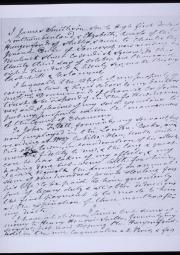Who Was James Smithson?
James Smithson: The Man Behind the Institution
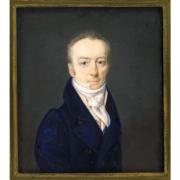 While the institution named after James Smithson enjoys worldwide renown, we know little about the man who left $508,318 to the people of the United States to found such an institution.
While the institution named after James Smithson enjoys worldwide renown, we know little about the man who left $508,318 to the people of the United States to found such an institution.
An English scientist who conducted research in chemistry, mineralogy, and geology, Smithson lived and traveled in several European countries. His schooling and interests afforded him the opportunity to mix with many noted scientists.
Smithson was born in France in 1765. Named James Lewis Macie, he was the illegitimate son of Hugh Smithson, who later became the first Duke of Northumberland, and Elizabeth Keate Hungerford Macie, a widow of royal blood. Smithson and his half brother Henry Louis Dickinson inherited a considerable estate from their mother's family.
The Student Years

![University Subscription Register, University Archives SP 14, University of Oxford, England: Line 7 reads "Jacobus Ludovicus Macie e Col Pem" in Latin, which translates as "James Lewis Macie of Pem[broke] Col[lege]." University Subscription Register with handwritten text on a tan background](https://siarchives.si.edu/sites/default/files/styles/body-image-180/public/attached-images/universityregister.jpg?itok=PXm07lMY) Smithson was called by his mother's name, Macie, until her death in 1800, when he adopted his father's name. In this register he is listed as "Jacobus Ludovicus Macie e Col[lege] Pem[broke]" ("James Lewis Macie of Pem[broke] Col[lege]" in Latin).
Smithson was called by his mother's name, Macie, until her death in 1800, when he adopted his father's name. In this register he is listed as "Jacobus Ludovicus Macie e Col[lege] Pem[broke]" ("James Lewis Macie of Pem[broke] Col[lege]" in Latin).
In one of the few descriptions we have of Smithson, French geologist Barthelemy Faujas de Saint Fond described him as a diligent young student, dedicated to scientific research, who even risked drowning to gather geological observations on a tour of the Hebrides Islands. William I. Thornton and Italian Count Paolo Andreani accompanied Smithson and Faujas de Saint Fond on the tour. This image shows three of the group studying "Ancient Monuments upon the Shore between Kirkaldy and Kinghorn" in Scotland.
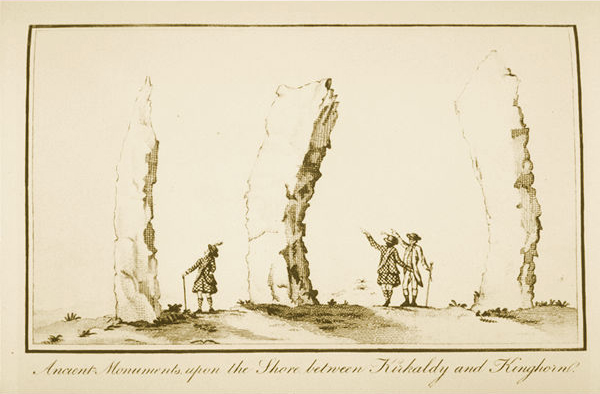
The World of Scientific Ideals
"The . . . design of the Royal Society was to improve the knowledge of natural things, and all useful arts, manufactures, mechanick practises, engynes and inventions by experiments--(not meddling with divinity, metaphysics, moralls, politicks, grammar, rhetorick, or logick.)" -Statement by Robert Hooke, curator of the Royal Society of London, 1663
"[The Royal Institution's purpose is] diffusing the knowledge and facilitating the general introduction of useful mechanical improvements." -Excerpt of charter of Royal Institution of Great Britain, 1800

Smithson, along with many of his friends, was an active member of several organizations dedicated to advancing scientific research and using science to benefit society. He and his friend Henry Cavendish, a noted chemist and physicist, were fellows of the Royal Society of London and charter members of the Royal Institution of Great Britain.

A Man of Science
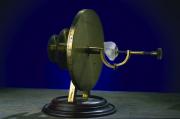
"Every man is a valuable member of society who by his oberservations, researches, and experiments procures knowledge for men." -James Smithson
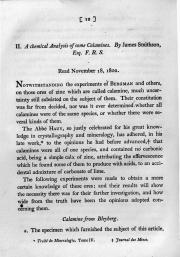 Smithson published at least 27 papers on chemistry, geology, and mineralogy in scientific journals. His topics included the chemical content of a lady's teardrop, the crystalline form of ice, and an improved method of making coffee.
Smithson published at least 27 papers on chemistry, geology, and mineralogy in scientific journals. His topics included the chemical content of a lady's teardrop, the crystalline form of ice, and an improved method of making coffee.

Luckily, all 213 volumes from Smithson's personal library, as well as a few of his writings, survived a devastating fire in the Smithsonian Building in 1865.
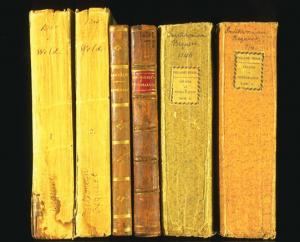
Smithson Leaves Bequest to the United States

Smithson's will left the bulk of his estate to his nephew, Henry James Hungerford. But should his nephew die without children—legitimate or illegitimate—a contingency clause stated that the estate would go to "the United States of America, to found at Washington, under the name of the Smithsonian Institution, an Establishment for the increase and diffusion of knowledge…"
When Smithson's nephew died in 1835 without any heirs, the founding of the Smithsonian Institution—and a rousing national debate—were set in motion. Smithson did not explain his bequest in his public or private writings.Smithson's motives in leaving money to the United States are unknown. He drafted his own will following the guidance in this book.

When James Smithson died in 1829, press and public on both sides of the Atlantic were startled by the rather unusual provision in his will.
 "We Find the Following Statement Respecting a Will . . ." - New-York American, January 26, 1830.
"We Find the Following Statement Respecting a Will . . ." - New-York American, January 26, 1830.
The press in Europe as well as the United States considered Smithson's bequest to the United States to be newsworthy even before the contingency clause became effective in 1835.
Did he feel his gift would have more impact on a young nation with only a few major educational and research institutions?
Did he hope to immortalize himself in the United States in reaction to opportunities denied him in Britain by his illegitimacy? (Smithson once wrote, "On my father's side I am a Northumberland, on my mother's I am related to kings, but this avails me not.")
Was he inspired by the tenets of many scientific societies of his day that held that civilization could achieve perfection through increased knowledge and public education?
Related Lesson Plans
- Lesson Plan One: Evaluating Historical Resources - Students will identify methods historians use to study the past and will learn the relative strengths of a variety of primary source materials.
- Lesson Plan Two: Who Was James Smithson- Students will learn of the circumstances surrounding James Smithson's generous gift to the United States and examine primary source materials from Smithson's life.

